I just tested the Canon EOS R5 Mark II to photograph wildlife — and this one feature has changed how I take photos forever
Photographing with a pro camera has never been this easy
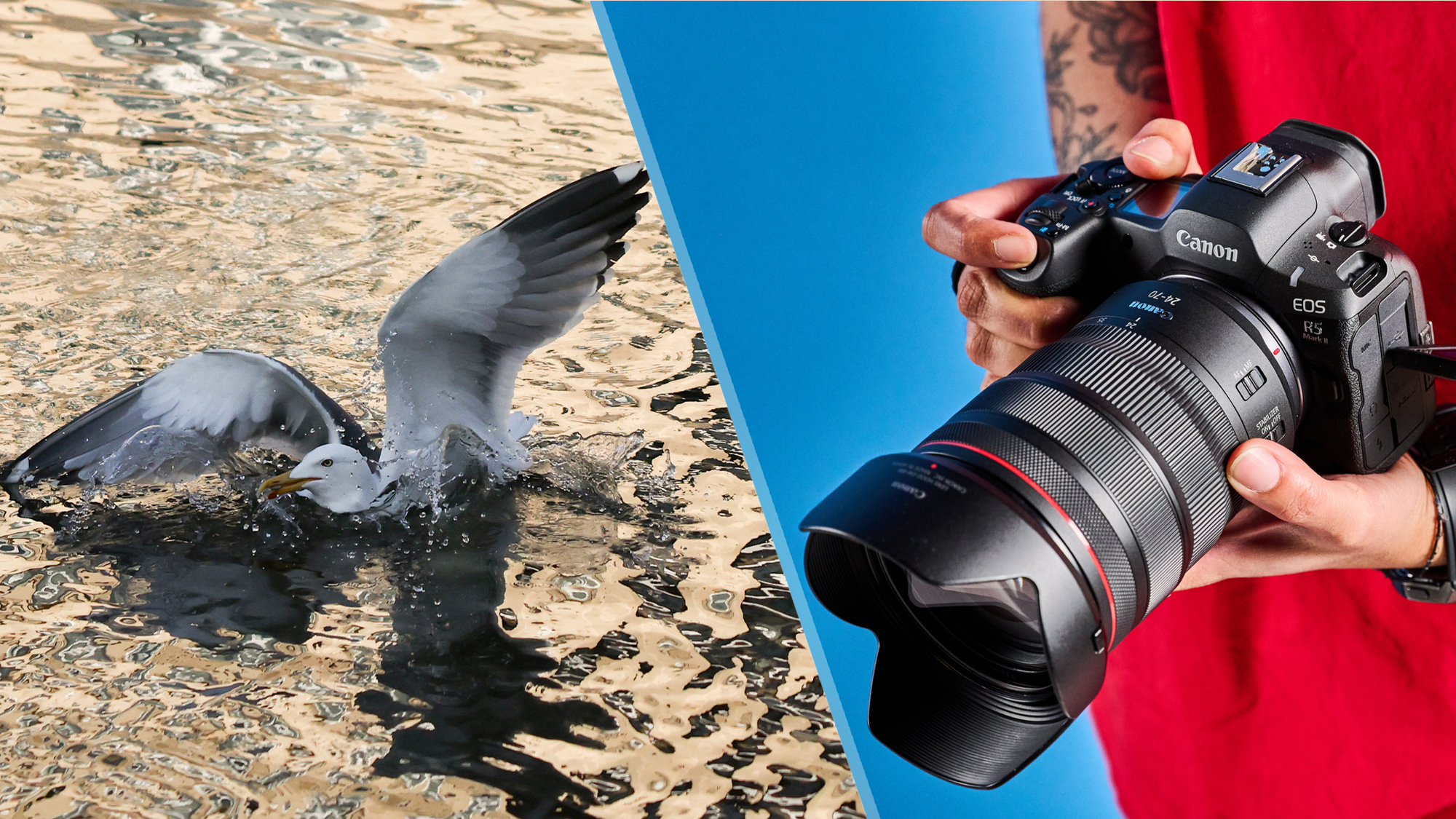
If you know me or are familiar with my coverage of the best mirrorless cameras here at Tom's Guide, you'll know that nothing brings me more joy than photographing wildlife.
I've loved animals for as long as I can remember, and I always want to capture them in all their glory. But to do that, I need a fast camera that I can use as an extension of myself.
Enter the Canon EOS R5 Mark II: perhaps the easiest pro-level camera to use money can buy right now. Canon has made professional photography more accessible with its flagship.
As I noted in my Canon EOS R5 Mark II review, it took me less than a minute to start shooting. Straight out of the box, the EOS R5 Mark II is a beast.
The camera's 45MP Stacked sensor captures lots of detail for extreme cropping. Its intelligent autofocus system with Auto subject-detection quickly locks on to animal and human faces and eyes, as well as vehicles. It’s built well, and its 30fps burst shooting and 8.5-stops of IBIS make capturing action effortless.
But it's the camera's 45MP Stacked CMOS sensor, 1,054 autofocus points and 30fps burst shooting that make it outstanding. Not only is the camera easy to use but it also takes gorgeous photos that appear true to life with faithful color reproduction.
Having tested the EOS R5 Mark II for two weeks, it came very close to dethroning the Sony A1 II as my favorite wildlife camera — and there's a very big feature behind that reasoning. Let me show you.
Stacked to the brim
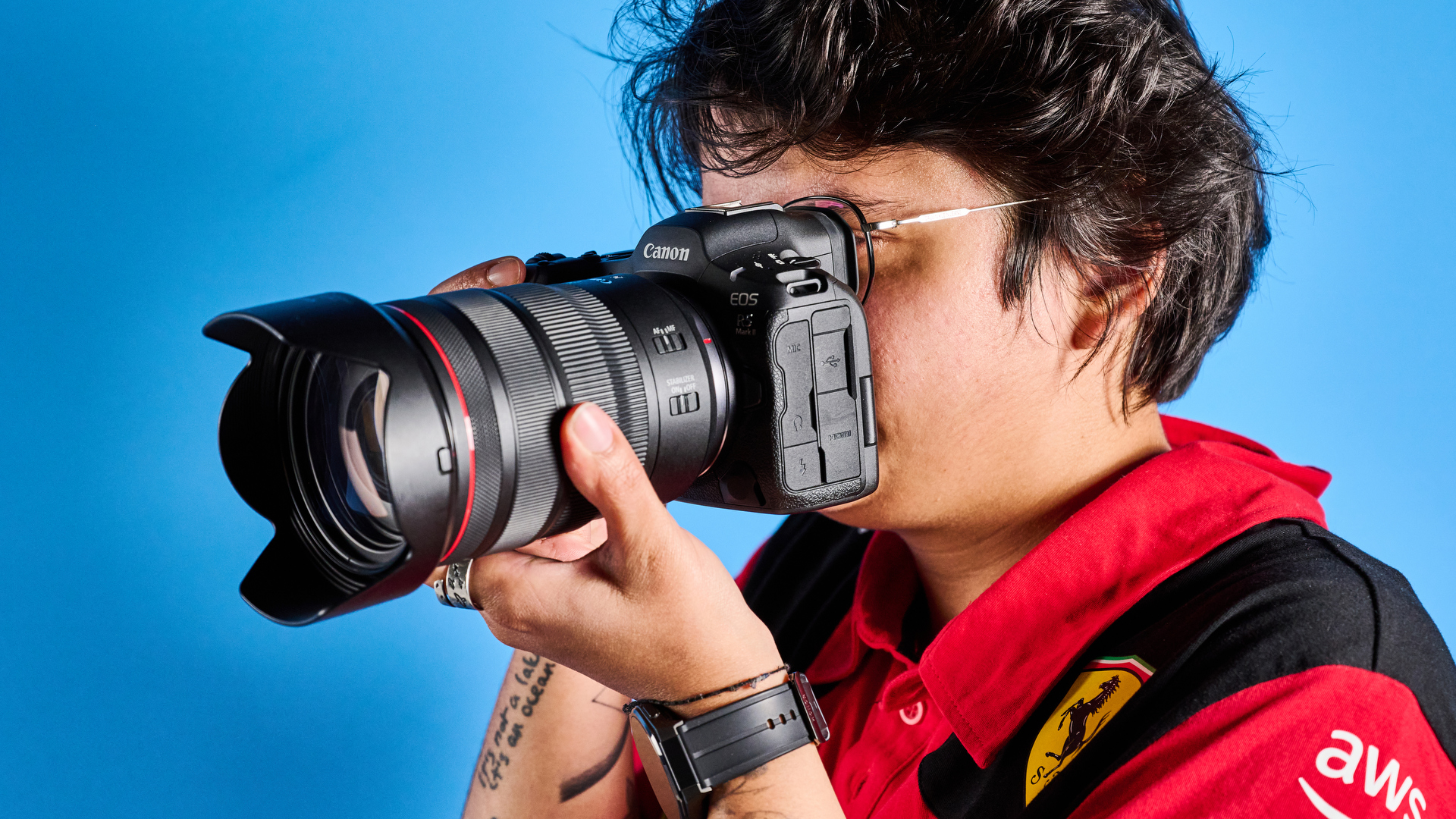
Let's talk about the Canon EOS R5 Mark II's 45MP Stacked CMOS sensor: what does that mean? The first-gen EOS R5 did not have a stacked sensor, so the EOS R5 Mark II's stacked nature enables speedier readouts to minimize rolling shutter distortions by improving light collection efficiency.
Sign up to get the BEST of Tom's Guide direct to your inbox.
Get instant access to breaking news, the hottest reviews, great deals and helpful tips.

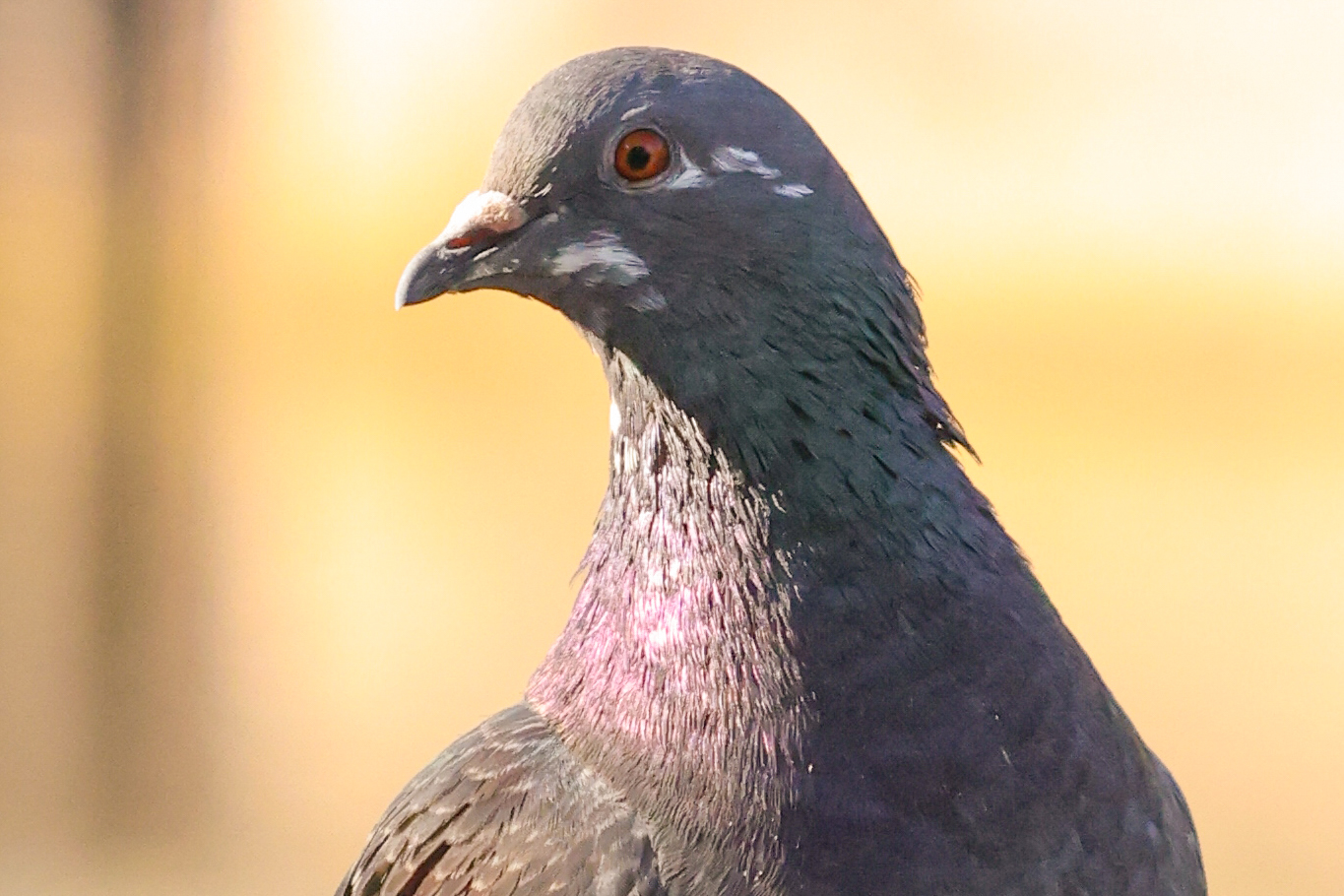
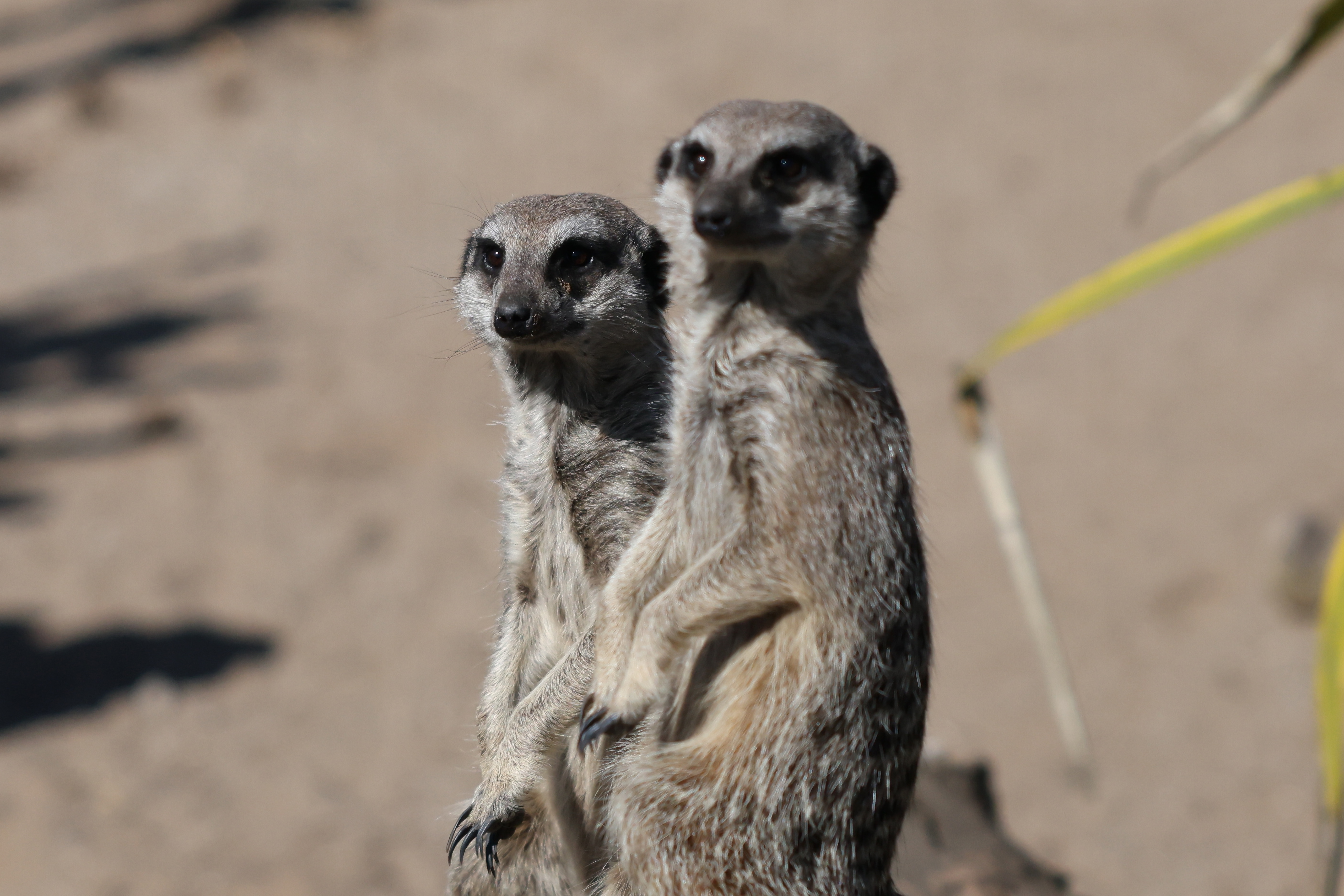

And boy is it good. The EOS R5 Mark II takes incredible sharp photos, and it retains lots and lots of detail, enabling you to create extreme crops for large format printing or putting the focus on a specific part. Combine that with the EOS R5 Mark II's 30fps burst capabilities and you've got yourself a winner.
Utilizing two imaging processors (DIGIC Accelerator and DIGIC X), the camera captures up to 191 raw images (and 15 frames in pre-capture) at shutter speeds of 1/32,000s — that's very fast. This means that you can rely on its autofocus system and follow a subject while keeping the shutter button pressed, and you'll get plenty of impressive shots, as you can see in the gallery above.
Upscale me to the moon
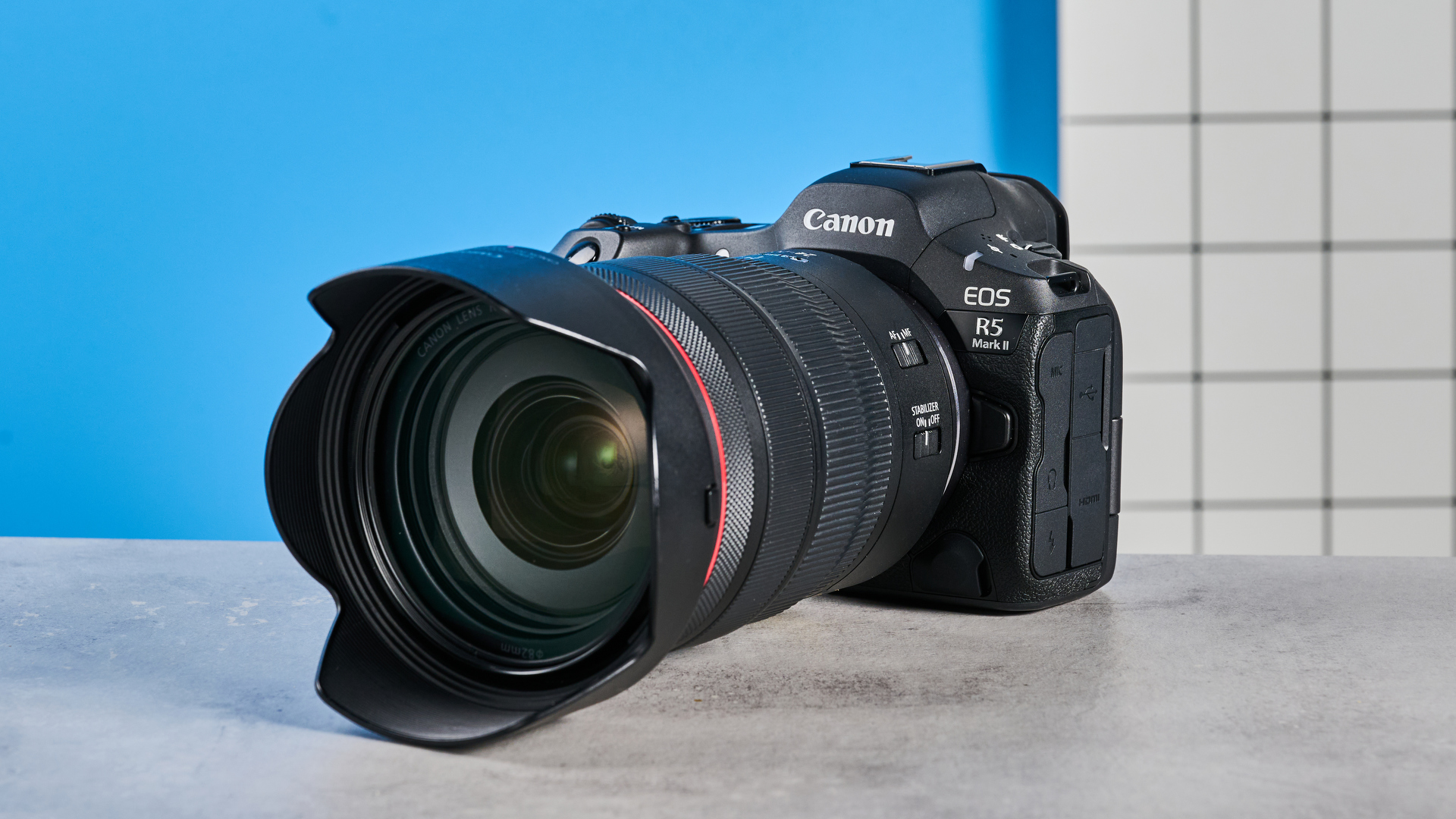
But the reason you're reading this article is because of my headline where I talk about one feature that has changed how I take photos. And it's one I haven't seen on any other camera (yet). It's called 180MP in-camera upscaling.
Here's the technical bit: it enhances resolution by 4x by extrapolating the image’s EXIF data, creating stills up to 180MP from the original 45MP image. The 45MP image already gives you lots of resolution for extreme cropping but having a whopping one hundred and eighty megapixels at your disposal changes the game.
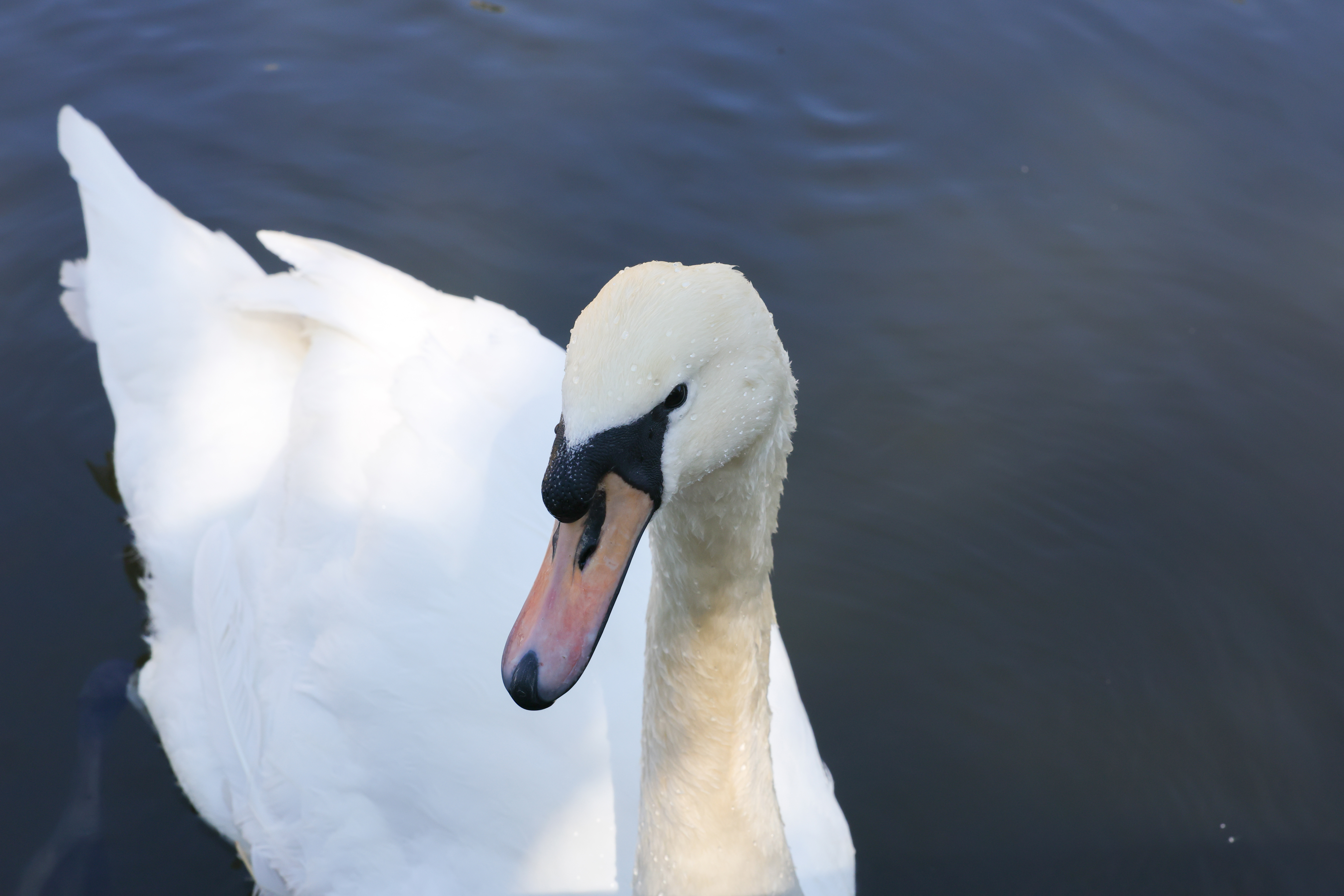
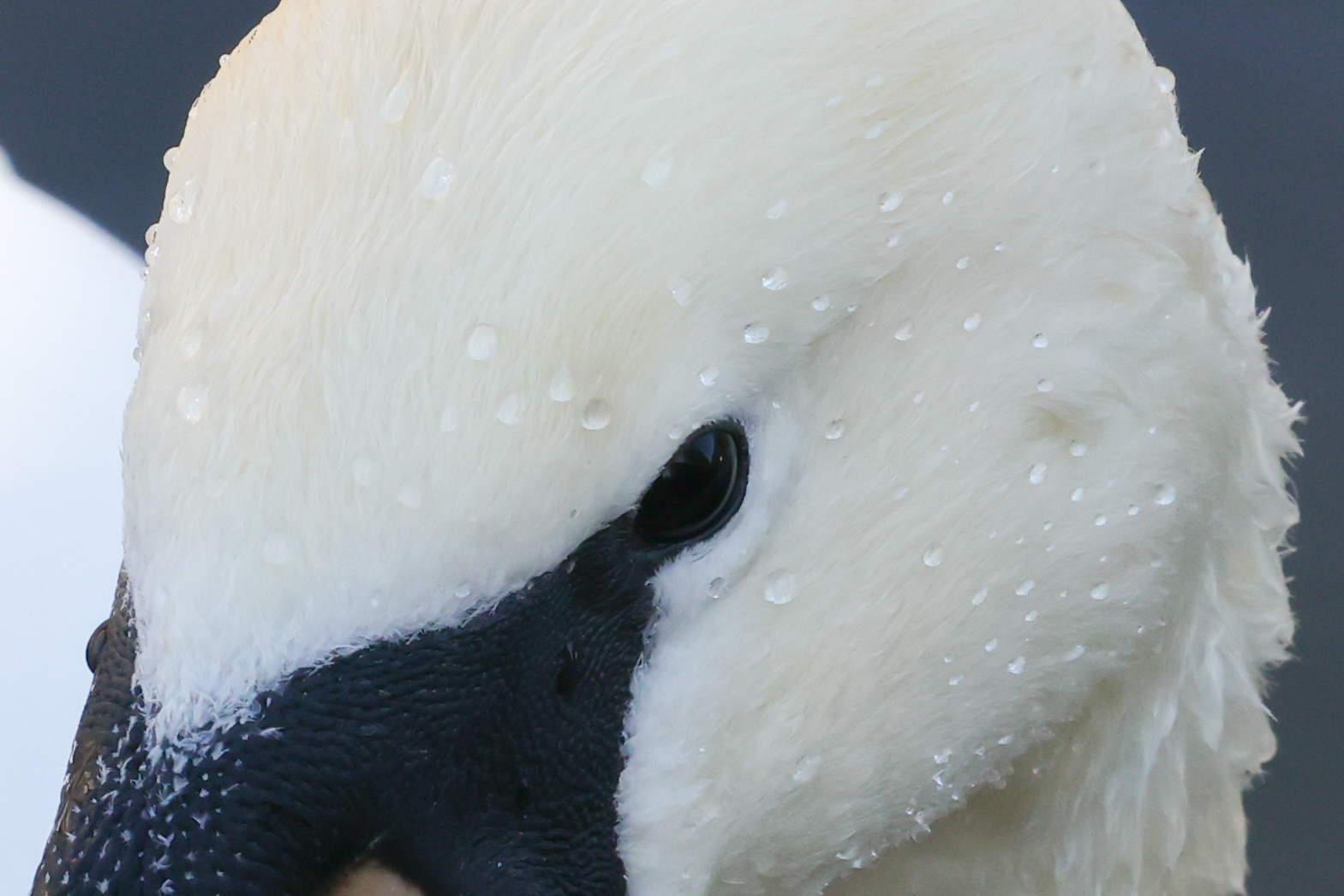
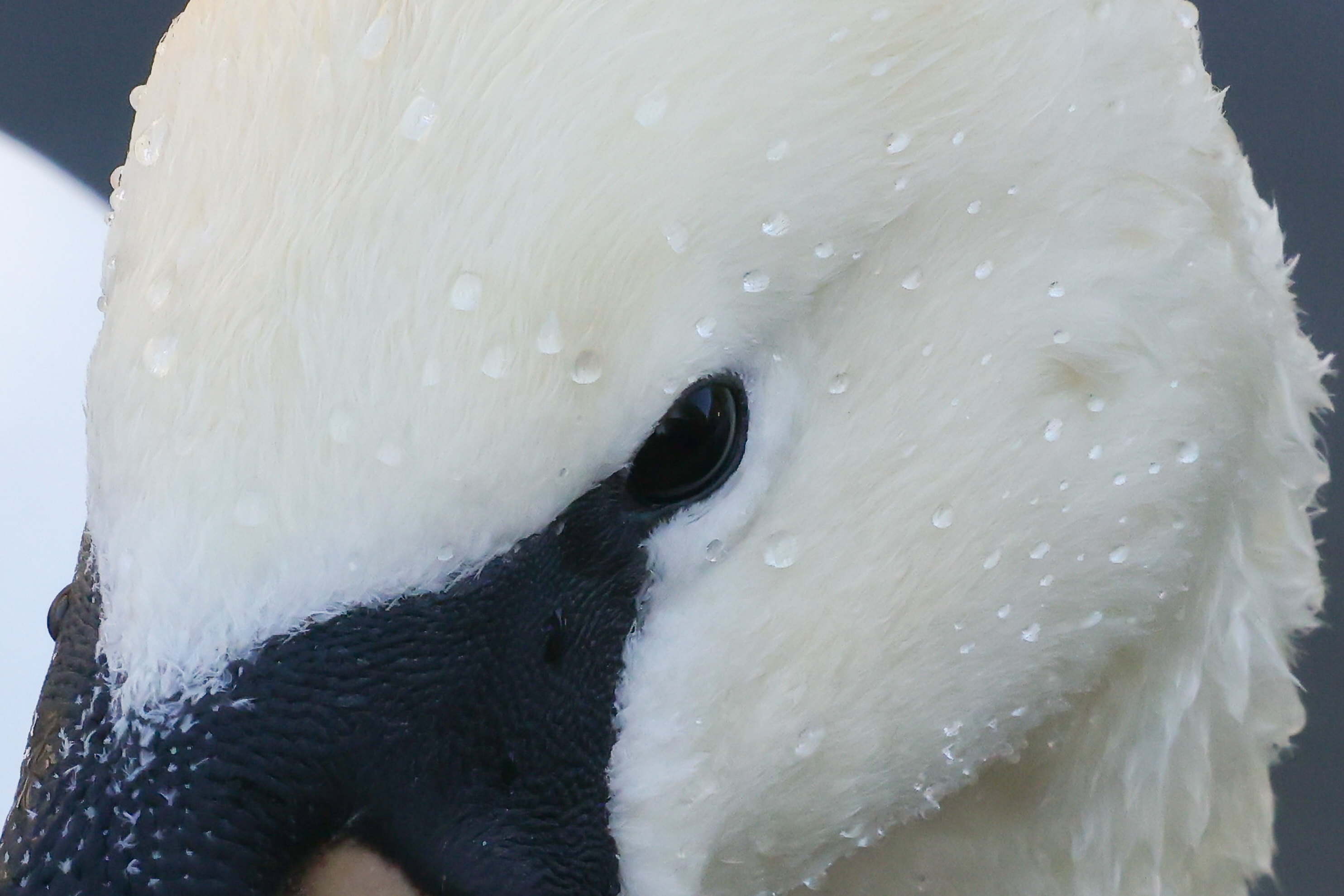
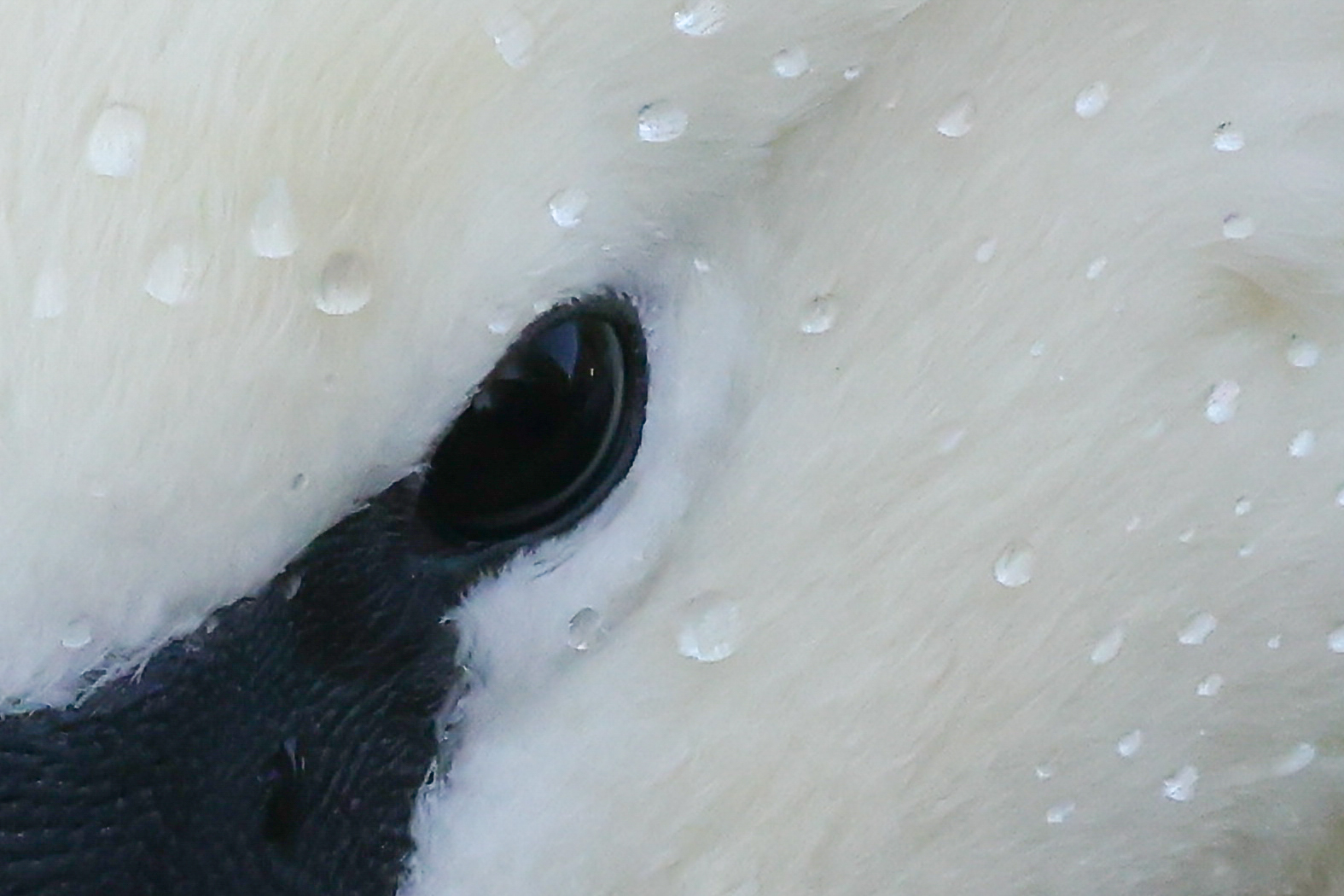
To demonstrate this, I took a photo of a swan and then upscaled it (which ate into my CFExpress card's memory), which you can see in the gallery above.
While the original files have retained a lot of detail, the upscaled version shows more in the tiny water droplets on the swan’s head.
The first photo is the original 45MP file, the second is a crop of the 45MP file, the third is an upscaled crop, and the fourth is an extreme upscaled crop. While the original files have retained a lot of detail, the upscaled version shows more in the tiny water droplets on the swan’s head.
This is an invaluable features for all types of photography: landscape, portraits, weddings, what-have-you. For wildlife too — if you're shooting in burst, you can select a range of images to upscale at once. This also means that if you take a photo you don't think is sharp or high-res enough, in-camera upscaling will save you some grief.
The EOS R5 Mark II is unique, and it has made me wish every camera had this feature — but that would make Canon's offering 'just another camera' and I wouldn't want that either.
Be my eyes
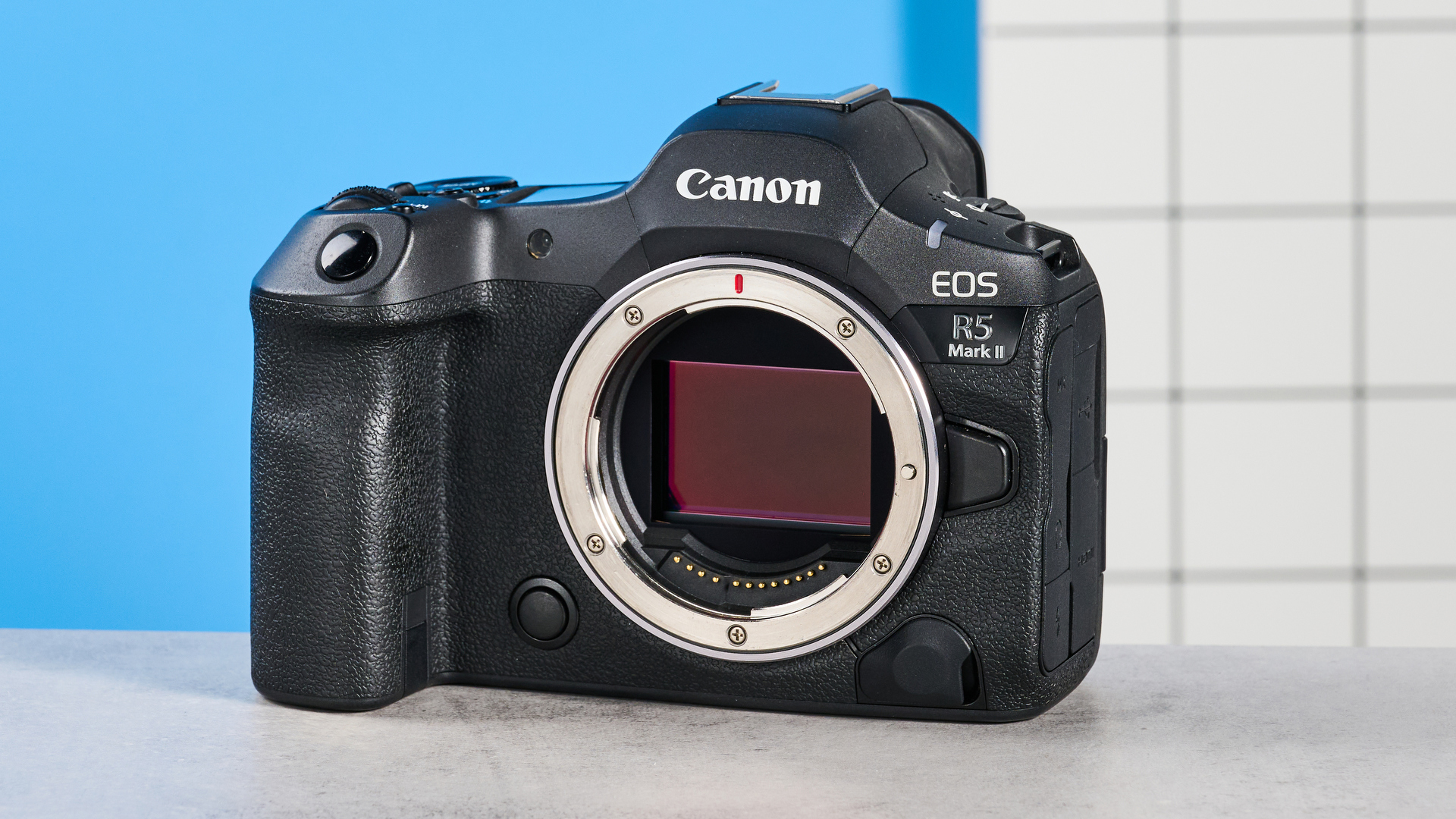
Here are a couple more photos for you to feast your eyes on. Remember the 1,054 focus points I mentioned earlier? The EOS R5 Mark II uses that many to accurately track birds, animals, humans and vehicles. I was highly impressed by how quickly the camera locked onto both subjects in the gallery above.

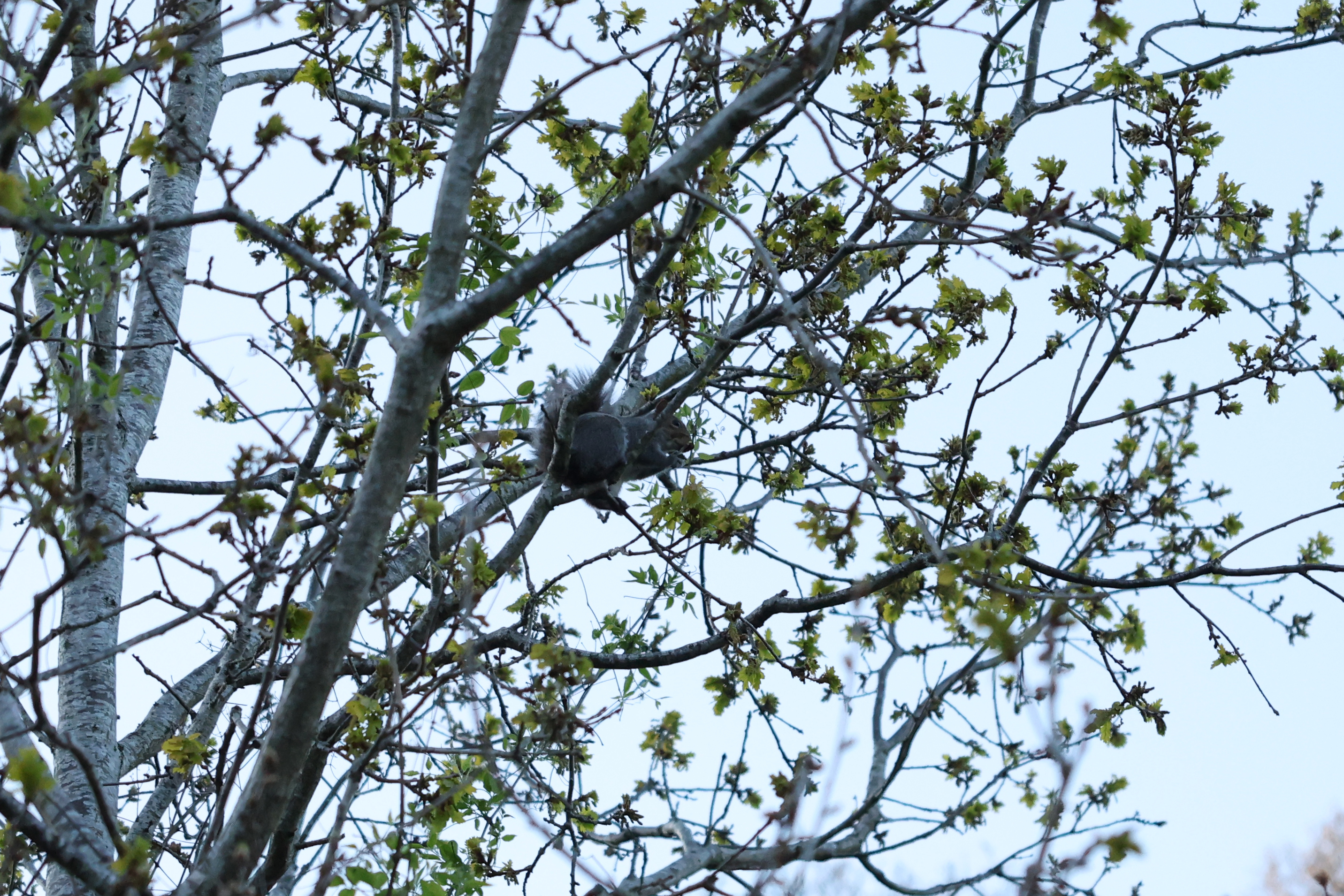
I especially love the first shot of the pigeon. While I'm proud of the artistic composition, it wouldn't have been possible without the EOS R5 Mark II tracking the pigeon in flight. I'm almost tempted to print it out and put it up on my wall.
And that second photo of the squirrel? Funny story: I couldn't actually see the squirrel with my eyes (yes, even with my prescription glasses on). I could hear it squeaking so I pointed the camera in the direction of the sound and voila: within milliseconds, the EOS R5 Mark II had found the little rodent. It worked better than my own eyes did — now that blows my mind.
The EOS R5 Mark II is a ridiculously good camera. Its 180MP in-camera upscaling feature could come in clutch for a lot of pro shooters. It's one of the best full frame cams worth the premium, and it thoroughly impressed me regardless of what or who I photographed.
More from Tom's Guide

Nikita is a Staff Writer on the Reviews team at Tom's Guide. She's a lifelong gaming and photography enthusiast, always on the lookout for the latest tech. Having worked as a Sub Editor and Writer for Canon EMEA, she has interviewed photographers from all over the world and working in different genres. When she’s not working, Nikita can usually be found sinking hours into RPGs on her PS5, flying a drone (she's a licensed drone pilot), at a concert, or watching F1. Her work has appeared in several publications including Motor Sport Magazine, NME, Marriott Bonvoy, The Independent, and Metro.
You must confirm your public display name before commenting
Please logout and then login again, you will then be prompted to enter your display name.

